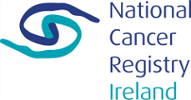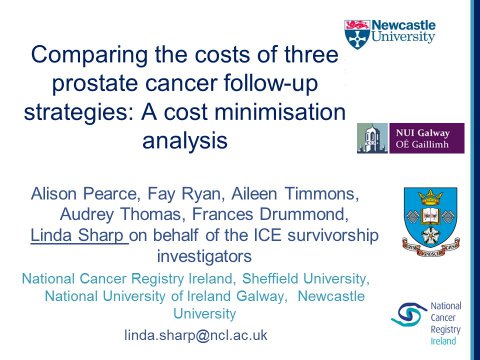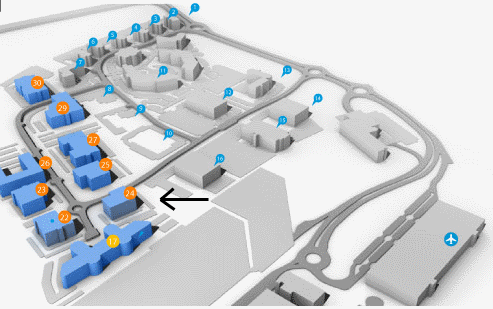Current Size: 100%
Comparing the costs of three prostate cancer follow-up strategies: A cost-minimisation analysis (MASCC)
Error message
The text size have not been saved, because your browser do not accept cookies.Introduction: Prostate cancer follow-up is traditionally provided by clinicians in a hospital setting. Growing numbers of prostate cancer survivors means this model of care may not be economically sustainable, and a number of alternative approaches have been suggested.
Objectives: The aim of this study was to develop an economic model to compare the costs of three alternative strategies for prostate cancer follow-up in Ireland – the European Association of Urology (EAU) guidelines, the National Institute of Health Care Excellence (NICE) guidelines and current practice.
Methods: A cost minimisation analysis was performed using a Markov model with three arms (EAU guidelines, NICE guidelines and current practice) comparing follow-up for men with prostate cancer treated with curative intent. The model took a healthcare payer’s perspective over a 10 year time horizon.
Results: Current practice was the least cost efficient arm of the model, the NICE guidelines were most cost efficient (74% of current practice costs) and the EAU guidelines intermediate (92% of current practice costs). For the 2562 new cases of prostate cancer diagnosed in 2009, the Irish healthcare system could have saved €760,000 over a 10 year period if the NICE guidelines were adopted.
Conclusions: This is the first study investigating costs of prostate cancer follow-up in the Irish setting. While economic models are designed as a simplification of complex real world situations, these results suggest potential for significant savings within the Irish healthcare system associated with implementation of alternative models of prostate cancer follow-up care.
Note: This presentation was awarded 'Young Investigator of the Year' at the Annual Meeting on Supportive Care in Cancer' conference.






